Optimal Timing for Roof Flashing Replacement
Understanding the optimal timing for roof flashing replacements is essential to ensure roof integrity and prevent water intrusion. Proper scheduling can extend the lifespan of the roofing system and reduce long-term repair costs.

Spring offers moderate temperatures ideal for roofing work, reducing the risk of weather-related delays.

Summer provides longer daylight hours and dry conditions, suitable for roof flashing replacements.
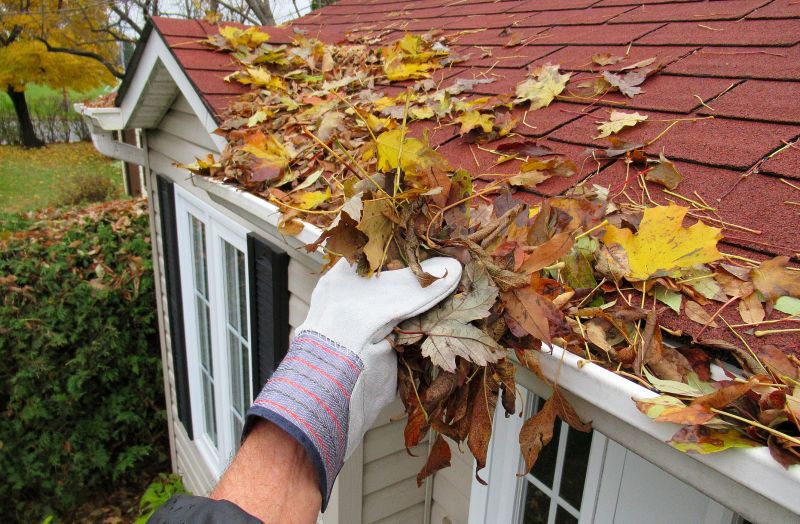
Fall's cooler temperatures prevent overheating during installation and prepare the roof for winter.
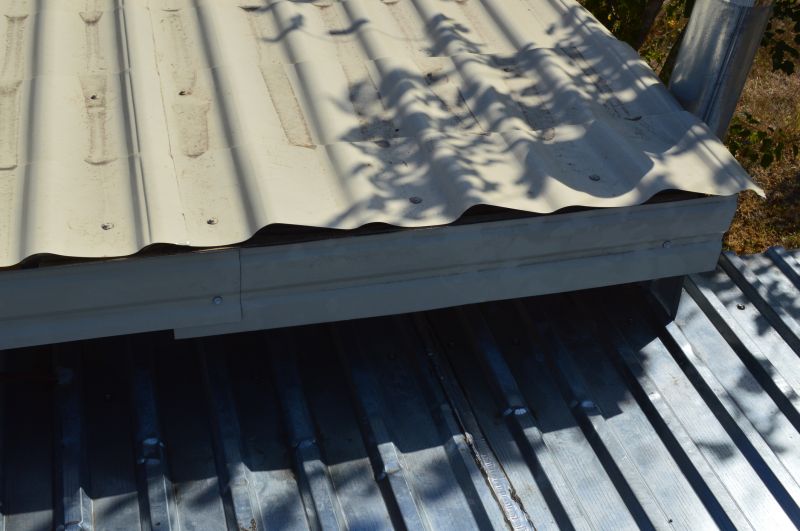
Ways to make Roof Flashing Replacements work in tight or awkward layouts.

Popular materials for Roof Flashing Replacements and why they hold up over time.

Simple add-ons that improve Roof Flashing Replacements without blowing the budget.
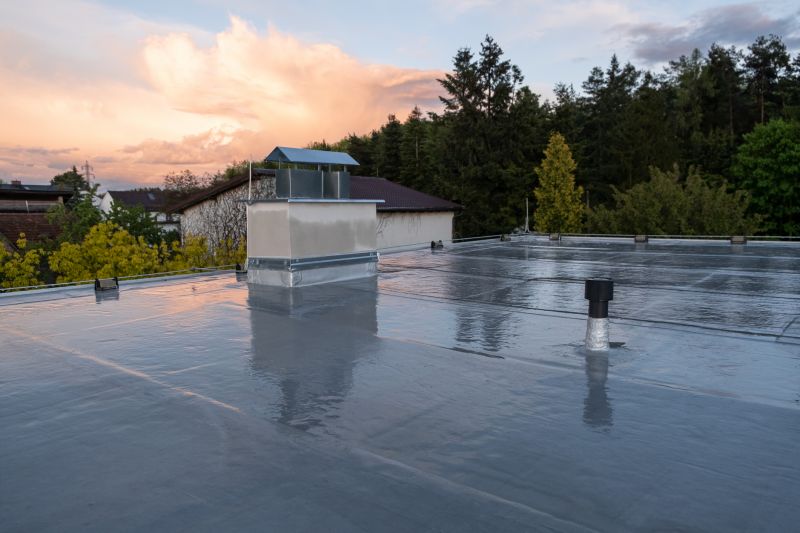
High-end options that actually feel worth it for Roof Flashing Replacements.
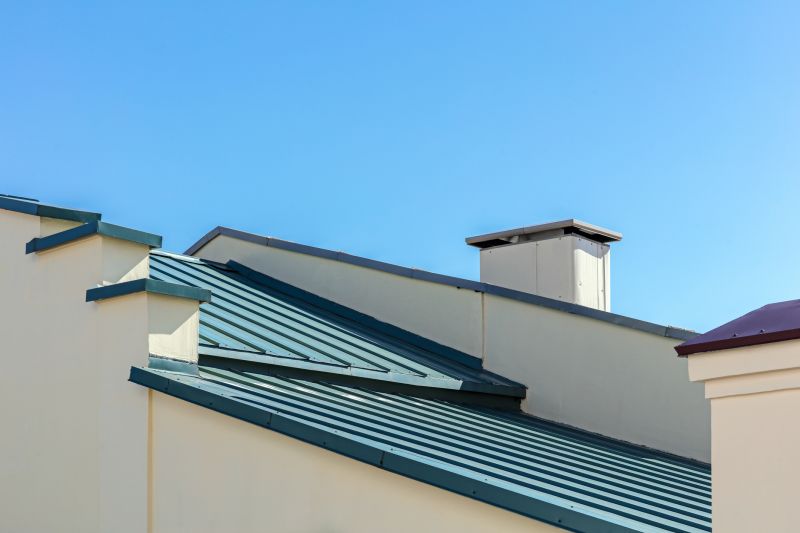
Finishes and colors that play nicely with Roof Flashing Replacements.
Roof flashing plays a crucial role in directing water away from vulnerable areas such as chimneys, vents, and skylights. Properly installed flashing prevents leaks, mold growth, and structural damage. Statistics indicate that water intrusion caused by faulty flashing accounts for a significant percentage of roof repairs annually. Timely replacements are vital, especially before seasons with heavy rainfall or snow, which can exacerbate existing vulnerabilities.
Spring and fall are generally considered optimal for roof flashing replacements due to favorable weather conditions.
Look for rust, cracks, or missing sections that indicate the need for replacement.
Extreme cold or heat can compromise the quality of flashing installation, making moderate temperatures preferable.
Replacing flashing promptly can prevent costly water damage and extend roof lifespan.
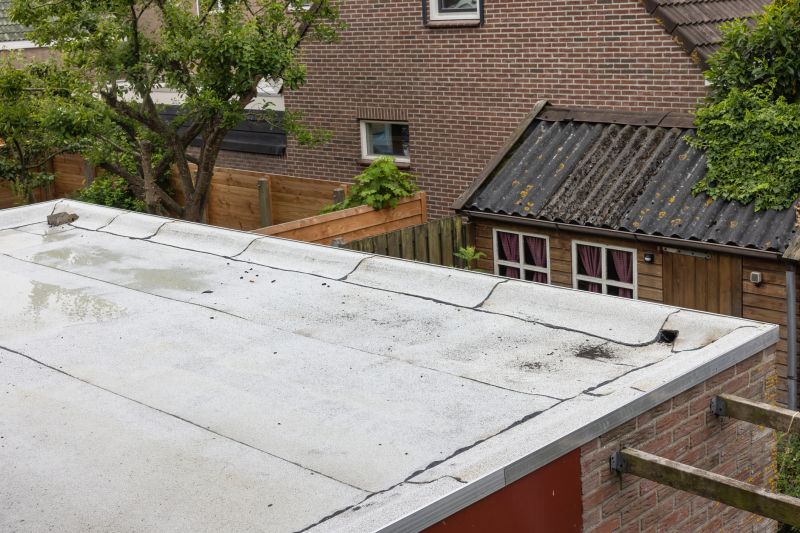
Corrosion and cracks can lead to leaks.
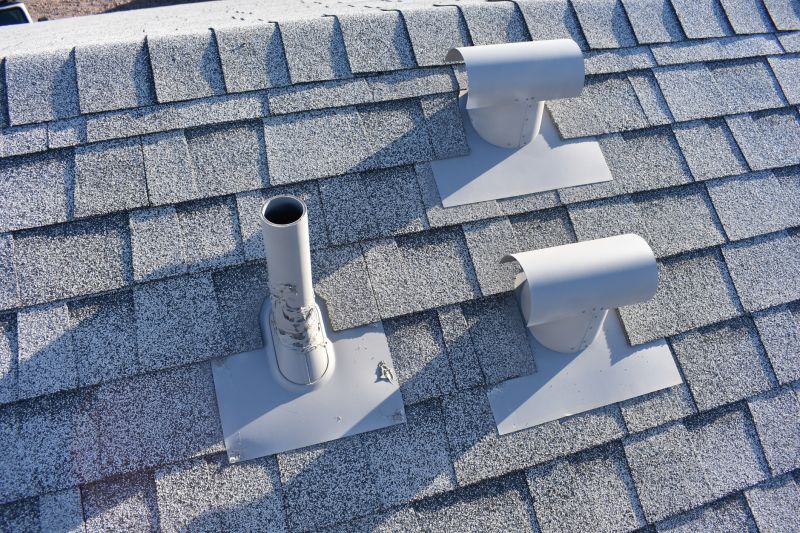
Ensures water tightness and durability.

Weather influences the best timing for replacements.
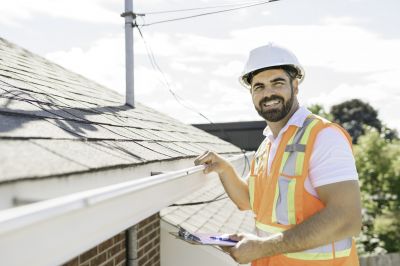
Visual checks and professional assessments are recommended.

Little measurements that prevent headaches on Roof Flashing Replacements day.
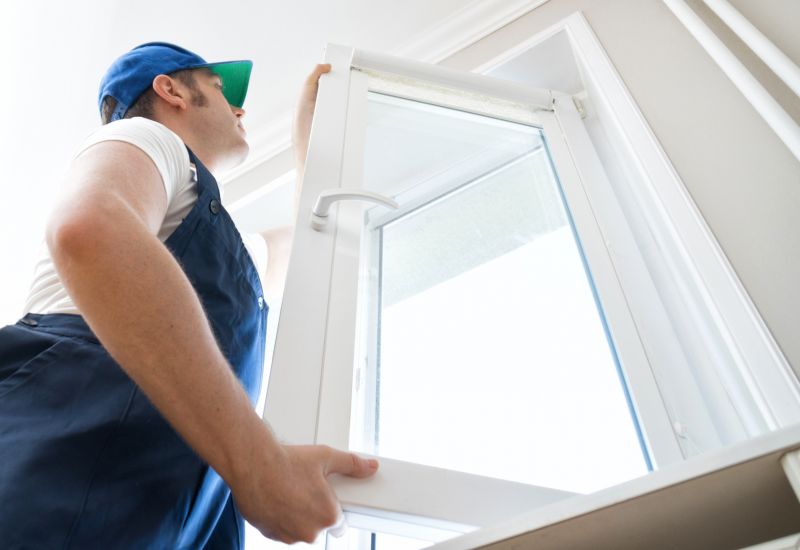
A 60-second routine that keeps Roof Flashing Replacements looking new.
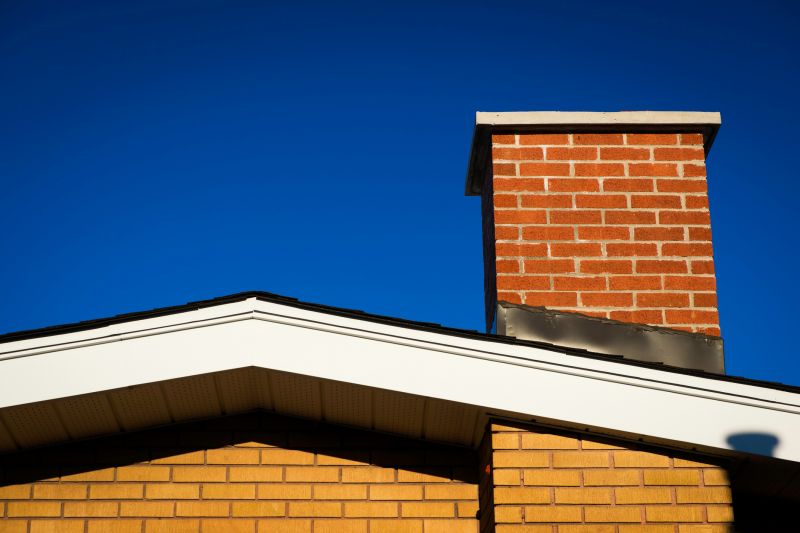
A frequent mistake in Roof Flashing Replacements and how to dodge it.

Small tweaks to make Roof Flashing Replacements safer and easier to use.
| Season | Advantages |
|---|---|
| Spring | Moderate temperatures, longer days, ideal for installation. |
| Summer | Dry weather, extended daylight, quick work completion. |
| Fall | Cooler temperatures, prepares roof for winter, good visibility. |
| Winter | Generally not recommended due to cold and snow, risk of delays. |
Choosing the right time for roof flashing replacement depends on local climate conditions and the specific needs of the roof. Proper timing ensures effective installation and minimizes disruptions caused by weather. Regular inspections can help identify issues early, allowing for planning replacements during optimal seasons.

Properly installed flashing prevents leaks.

Identifies areas needing replacement.
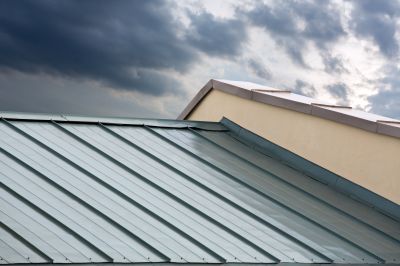
Ensure durability across seasons.
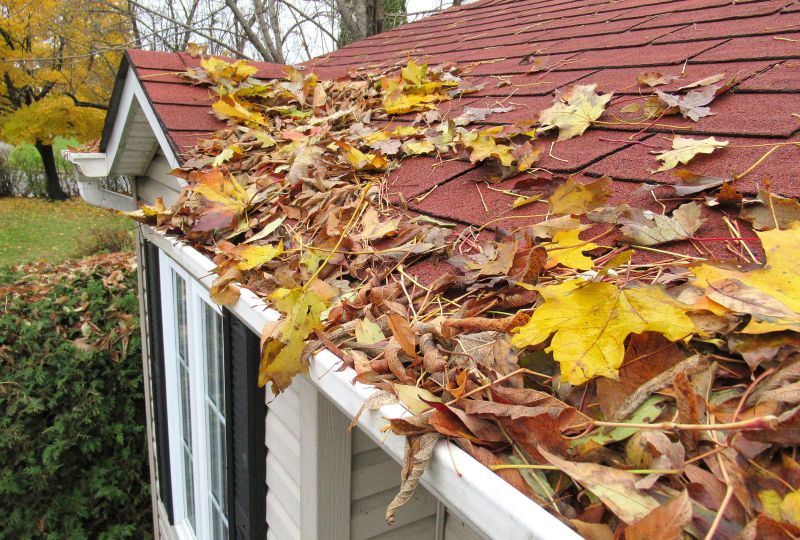
Helps extend roof lifespan.

Lower-waste or water-saving choices for Roof Flashing Replacements.

The short, realistic tool list for quality Roof Flashing Replacements.
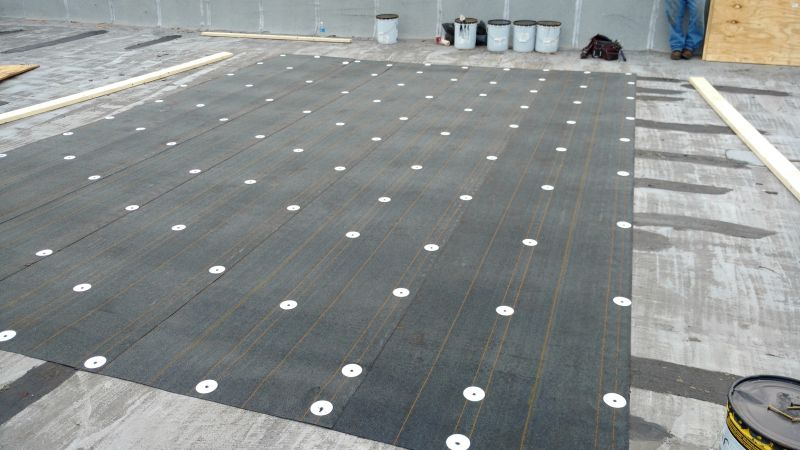
Rough timing from prep to clean-up for Roof Flashing Replacements.

Quick checks and paperwork to keep after Roof Flashing Replacements.
If interested in roof flashing replacements, filling out the contact form can provide further guidance on scheduling and material options. Proper timing and installation are key to maintaining a durable roofing system and preventing water damage.
